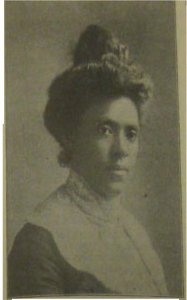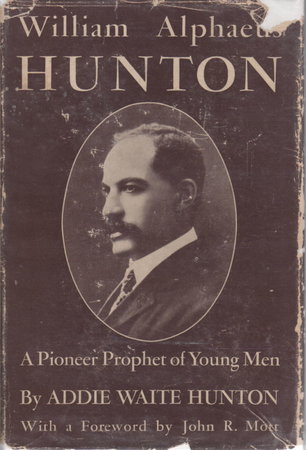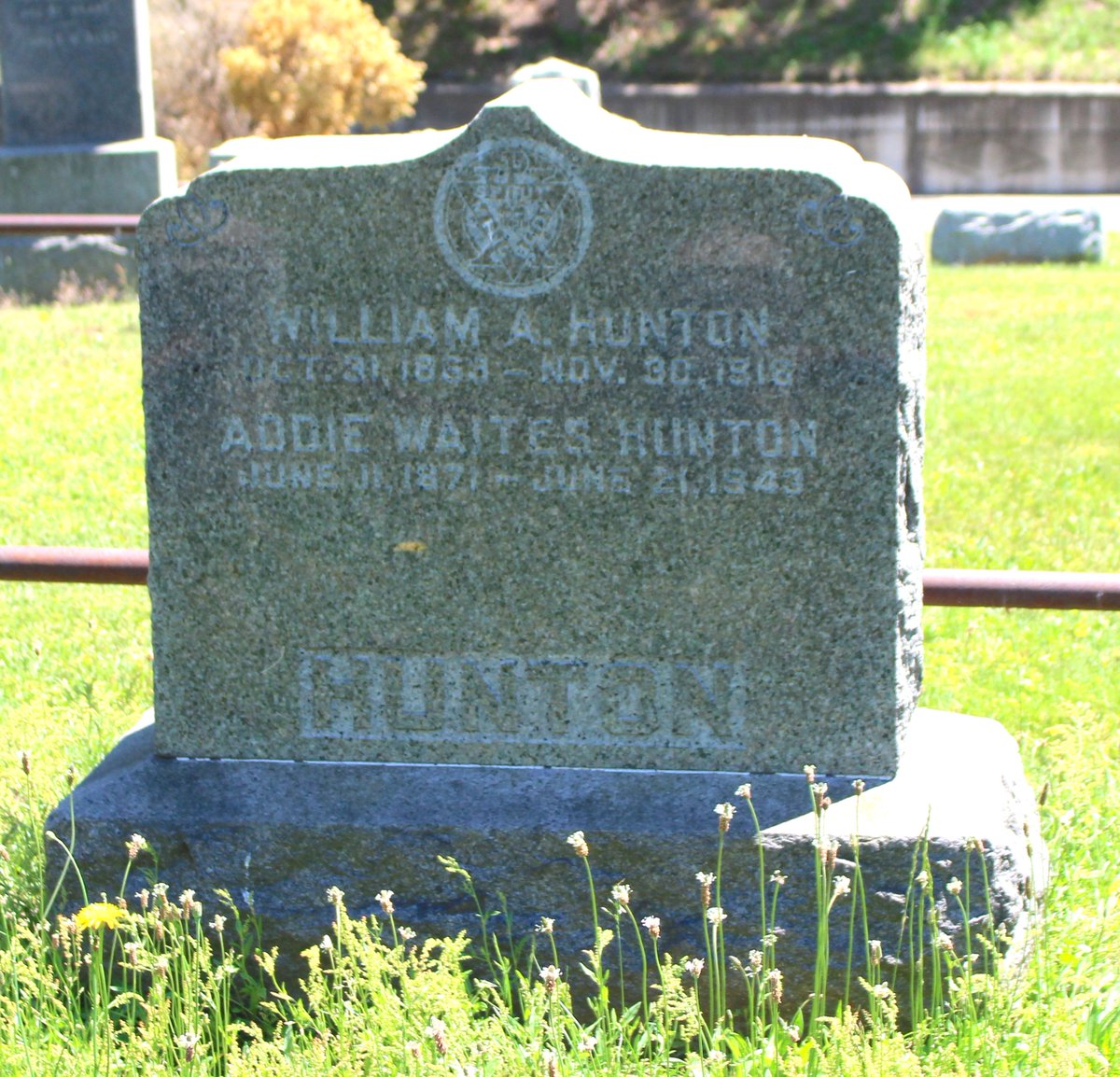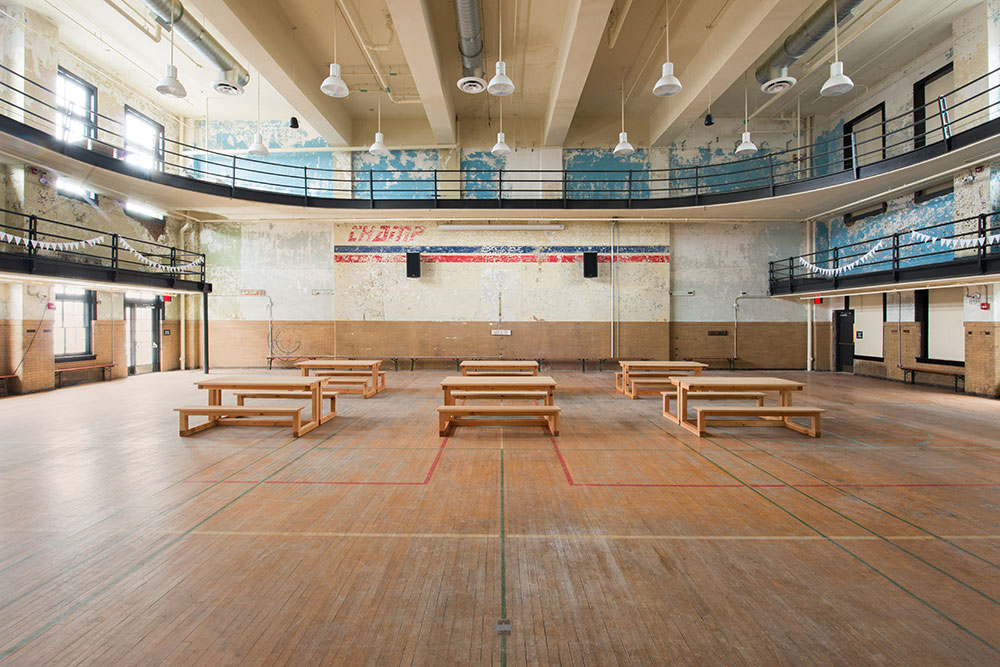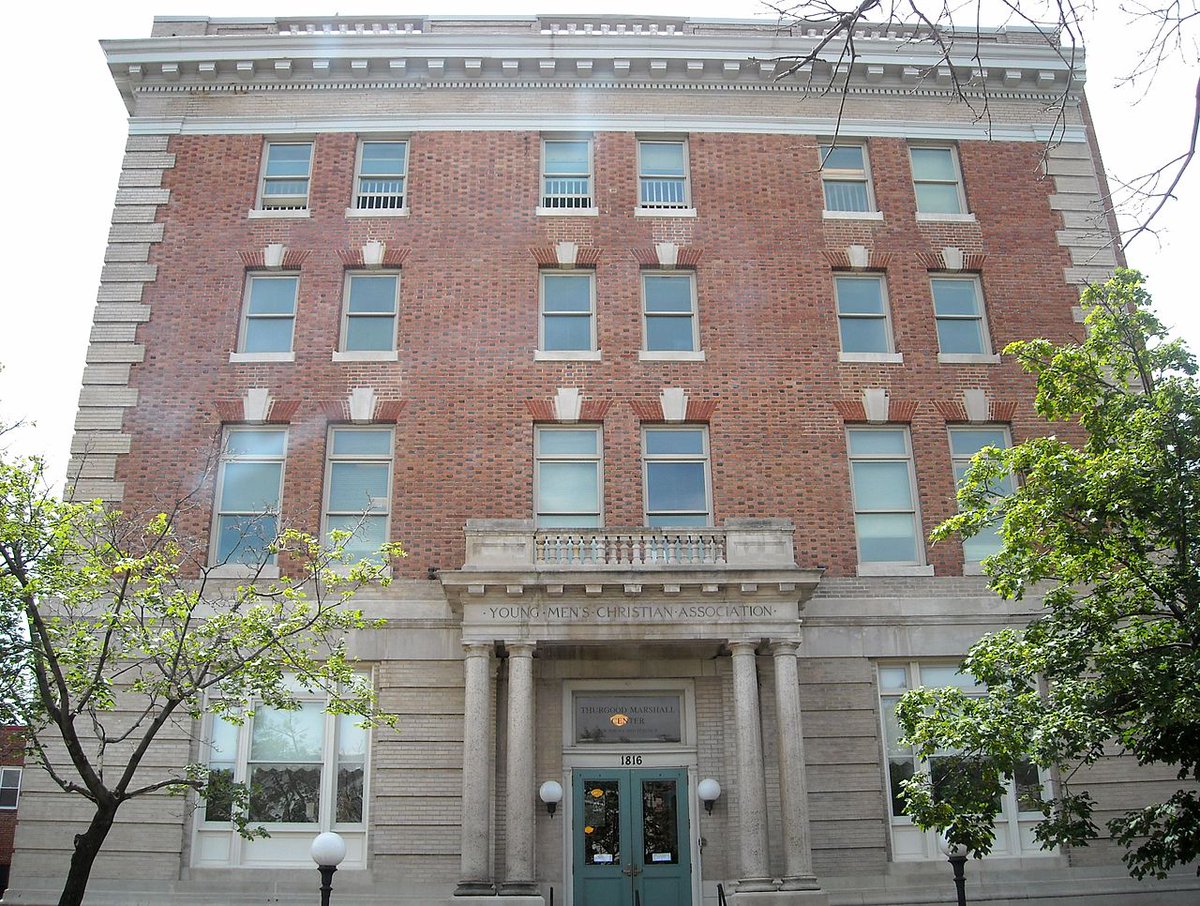During WWI, Addie W. Hunton led a group of African American welfare workers serving in France under the auspices of the YMCA. The racism Hunton saw in the war radicalized her, changing the direction of her activism.
But before we get there, a detour to the segregated Y. https://abs.twimg.com/emoji/v2/... draggable="false" alt="🧵" title="Thread" aria-label="Emoji: Thread">
https://abs.twimg.com/emoji/v2/... draggable="false" alt="🧵" title="Thread" aria-label="Emoji: Thread">
But before we get there, a detour to the segregated Y.
Today we think of the @YMCA as gyms, pools, summer camps--all present from early on, w/a large dose of Christian morals. AND until mid-20th c., YMCA & YWCA were segregated institutions. African-Americans & Asian-Americans were “welcome,” in separate branches, separate buildings.
Addie Hunton & her husband William sought to leverage the Y’s power for Black advancement.
William Hunton& #39;s family had emigrated to Canada for freedom in the 1850s. His leadership of the Ottawa YMCA got noticed, and in 1888 he was hired to run the Black Y in Norfolk, VA.
William Hunton& #39;s family had emigrated to Canada for freedom in the 1850s. His leadership of the Ottawa YMCA got noticed, and in 1888 he was hired to run the Black Y in Norfolk, VA.
William Hunton was the first Black man to be a full-time paid Y director. Two years later he was the first Black employee of the national YMCA, leading the new “Colored Men’s Department.” Eventually, Addie was hired by the YWCA - the first Black woman employee.
Their work sent them to new cities. In Richmond & then Atlanta, Addie was a leader in her community and a delegate to the founding convention of the National Assoc of Colored Women. Eventually they settled in Brooklyn, while traveling nationally and internationally for the YMCA.
By the turn of the century, Addie Hunton was a well-known speaker and writer, publishing in popular periodicals like Voice of the Negro, Colored American Magazine, and later the Crisis. Within the YWCA she pushed the org. to be more engaged in fighting lynching & discrimination.
At the same time, she urged African-Americans to appreciate the power of working with the YWCA/YMCA despite its segregated structure.
Black YMCAs were being built around the country, spurred by a financial grant from Julius Rosenwald.
Black YMCAs were being built around the country, spurred by a financial grant from Julius Rosenwald.
Rosenwald, the Sears Roebuck magnate who gave matching funds to build rural southern schoolhouses for Black children, created a similar grant program for Black YMCAs. At least 23 cities met his challenge: a $25,000 grant if the community raised $75,000.
This was a mixed blessing. In Chicago, for example, #IdaBWells had built a community center with money from white donors who were appalled the existing Y was whites-only. Then the Y announced it would build a Black branch - with seed $ from Rosenwald - and Ida lost her funding.
The Rosenwald funding illustrates why the Huntons wanted African-Americans to partake of the Y’s powerful brand. Chicago was an exception: in most places, rich whites weren’t making large capital investments in independent Black community centers. Partnering with the segregated Y
could bring resources, and the opportunity to change the Y from the inside.
Addie & William& #39;s headstone, at Cypress Hills Cemetery in Brooklyn, bears the Y& #39;s emblem, adopted in 1896.
Addie & William& #39;s headstone, at Cypress Hills Cemetery in Brooklyn, bears the Y& #39;s emblem, adopted in 1896.
In Pittsburgh, the Black YMCA building is now a boutique hotel. In Brooklyn, the 1902 YMCA where Sarah Garnet’s Equal Suffrage League met -- “the Colored Carlton Avenue Y” -- is now a nursing home. The 1st Black Y building, in Washington, DC, houses the Thurgood Marshall Center.
In 2015 the YWCA adopted the slogan “Eliminating Racism; Empowering Women." A commitment to fighting racism is a required job qualification. I think Addie would be gratified.
TOMORROW: Addie Hunton goes to war.
TOMORROW: Addie Hunton goes to war.

 Read on Twitter
Read on Twitter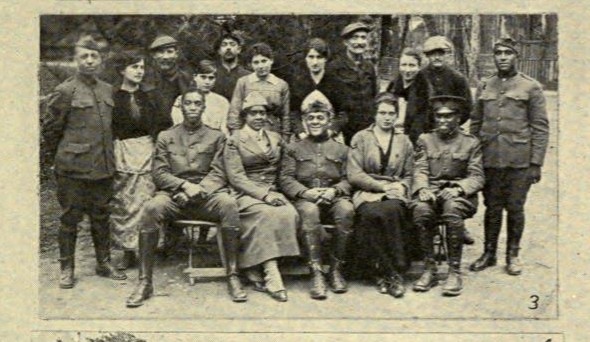 " title="During WWI, Addie W. Hunton led a group of African American welfare workers serving in France under the auspices of the YMCA. The racism Hunton saw in the war radicalized her, changing the direction of her activism. But before we get there, a detour to the segregated Y. https://abs.twimg.com/emoji/v2/... draggable="false" alt="🧵" title="Thread" aria-label="Emoji: Thread">" class="img-responsive" style="max-width:100%;"/>
" title="During WWI, Addie W. Hunton led a group of African American welfare workers serving in France under the auspices of the YMCA. The racism Hunton saw in the war radicalized her, changing the direction of her activism. But before we get there, a detour to the segregated Y. https://abs.twimg.com/emoji/v2/... draggable="false" alt="🧵" title="Thread" aria-label="Emoji: Thread">" class="img-responsive" style="max-width:100%;"/>
